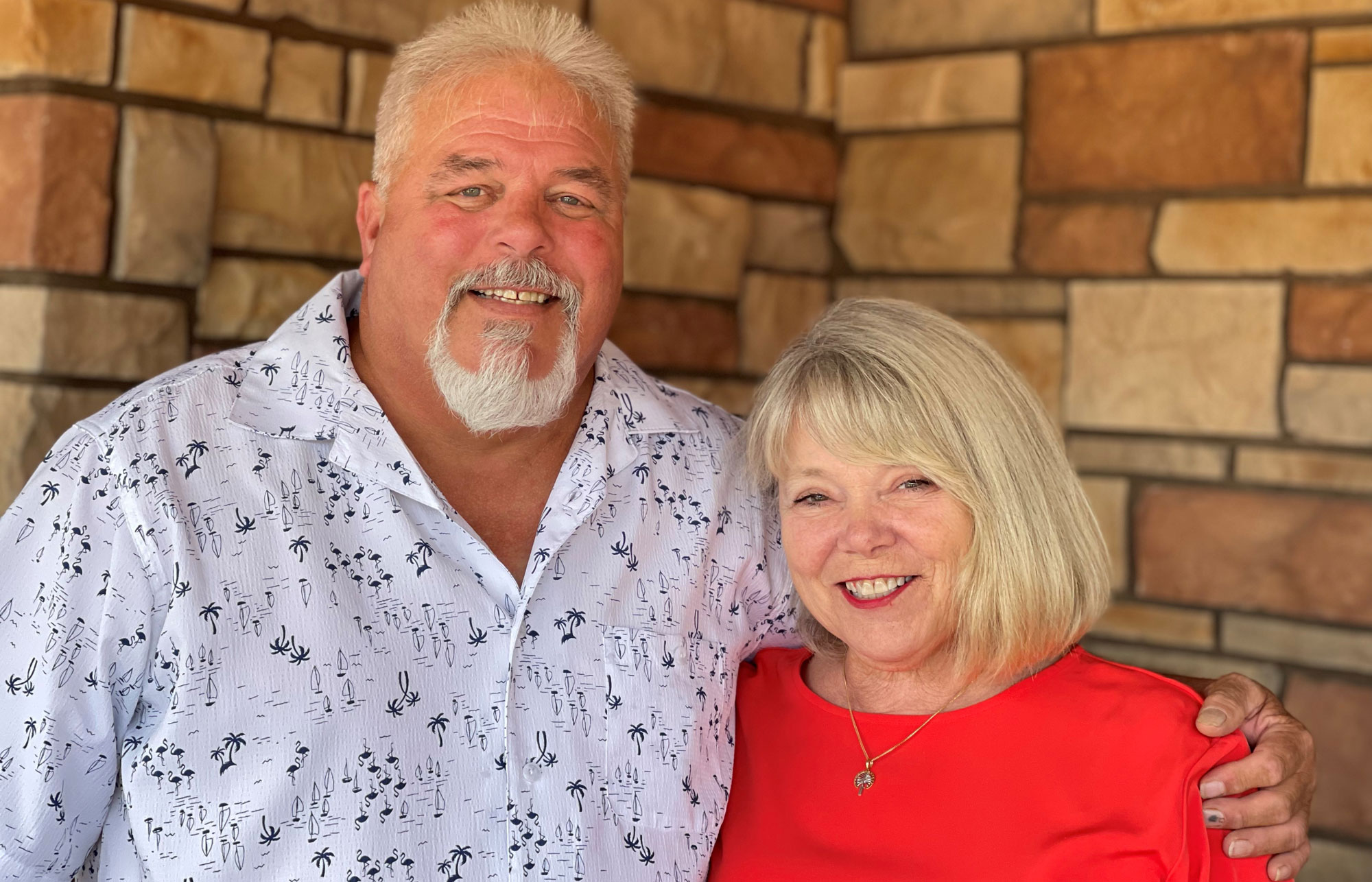A Happy Ending: Evaluating Lens Options for Cataract Surgery
Eye Care“Eyesight is a gift, and after my cataract surgery, I have 20/20 vision. I feel like I have the vision of a teenager again!”
As an author of historical fiction, Linda C. of Richmond, relies on her eyesight to research and write stories. Over the last few years though, Linda went from being able to see up close to not even being able to read grocery store signs, menus or road signs. Like many other people, Linda tried to live with cataracts, which are protein buildups within the lens of the eye that can lead to poor vision. They are a natural part of aging and most people eventually develop them.
Learning to live with her cataracts did not last long. The “line in the sand” for Linda came when she became a “granny nanny” for her newborn granddaughter, Ivy, which required leaving home at 4:30 a.m. and returning after 5 p.m. She said if not for the need to care for her granddaughter, she would have become a recluse.
“I quickly realized I was a danger to everyone on the road,” said Linda. “At night every time a car or truck came from the opposite direction, I was blinded and had to pull over. Eventually I stopped driving — I think I had the same tank of gas all summer.”
After relying on her husband and children to drive her around, which Linda said was a “gigantically painful process and super-stressful for all involved,” Linda decided to see Ophthalmologist Mark Weisbrod, MD, at CentraCare Eye Center.
“After Dr. Weisbrod examined my eyes, he told me I wouldn’t pass a driver’s test, even with the glasses prescribed just nine months earlier,” said Linda.
At that point, she and Dr. Weisbrod started to discuss cataract surgery, which is one of the most common surgeries in the United States. The procedure takes about three hours and patients can often resume normal activities within a day.
Depending on a patient’s lifestyle and goals, CentraCare Eye Center offers cataract surgery patients several lens options. While some patients opt for a basic cataract lens, others want to see if they are candidates for advanced technology implants, such as those that correct astigmatism or provide both near and far vision.
Knowing Linda is a writer, Dr. Weisbrod suggested a multifocal lens. “With this type of lens, it would eliminate the need for Linda to constantly move her head to find the right zone in her glasses when reading or looking at the computer,” said Dr. Weisbrod. “It would also eliminate any hassle for her in trying to find the right pair of glasses.”
Even though the multifocal lens cost more, Linda felt it was worth it considering her situation. Soon after Linda underwent successful cataract surgery, she could see well enough to notice she was having a hard time with her upper eyelids sagging into her eyes and vision. After careful evaluation, Dr. Weisbrod also performed her blepharoplasty surgery, which removes excess, sagging skin from the upper eyelids to improve vision and give the eyes a brighter, less fatigued appearance.
Linda is thrilled she can see again. “Eyesight is a gift, and after my cataract surgery, I have 20/20 vision. I feel like I have the vision of a teenager again!” said Linda.
If you are interested in cataract surgery, contact us today!
